For years, I’ve been a ham without an antenna. My excuse, while I worked in academia, was that I could use the university club station any time, but in truth, I’ve always been the kind of ham who goes through more soldering iron tips than QSL cards. That said, since I’m building a radio, I need an antenna!
As I’m sure you know, a bewildering variety of antenna designs are available. I lusted after a GAP vertical for a while, then over an S9. On a small city lot with inconveniently-placed power lines, there wasn’t much else that would fit. Eventually, though, and with some encouragement from my dear wife who didn’t see the appeal of spending hundreds of dollars on an antenna, I chose a wire vertical. The whole thing, except for the window bulkhead and the rope, came from junkbox parts.
The wire is suspended from the side of the house by a rope poking through a gable vent. The antenna is about 7.5 meters long because that’s how high the vent it, but that should be a decent compromise length for 40, 30, and 20 meters. The wire lands right at the property line, a few feet from a convenient basement window. I replaced the screen in the window with some polystyrene sheet, in which I cut a hole for a BNC bulkhead feedthrough.
I added a few radials to the bottom of the antenna, and I was in business. (I did learn, as have thousands of hams before me, that cheap soldering irons don’t work well in windy, cold weather.)
Then it was time to hook up a radio. I went for my 40m Sudden receiver first. It’s a simple direct conversion rig with an NE602 as oscillator and mixer and an LM386 as audio amplifier. I plugged it in and quickly found an AM broadcast station, which turned out to be Radio Croatia. That got me an idea of which way to tune to find the ham band. The first station I heard was N6KI, who was running a frequency for the California QSO party.
I was hoping to get down to 7.038 MHz and tune in some PSK31, but for some reason the Sudden didn’t want to tune below the phone band. That’s odd, because when I first plugged it in, I heard a wall of “CQ SS CQ SS” crashing in on multiple frequencies. Yes, I happened to build the on Sweepstakes weekend! I had plenty of stations to listen to.
I got out my NorCal 40A, but alas, the power cord somehow was packed separately from the rig and I had no easy way to power it up. It was the same story for my 30m rig. Maybe this is a sign that I should convert to Anderson Powerpoles.
Anyway, it’s not a great antenna, but it will be enough to get started and make some QSOs. Best of all, it’s mine!
Now, if only I could remember what box I packed that power cord in…
Comments always welcome!
(Credit to Dan Tayloe N7VE for coining the line about soldering iron tips and QSL cards.)
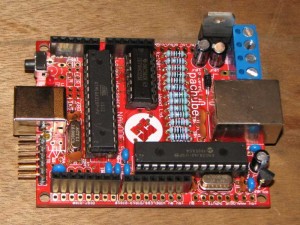
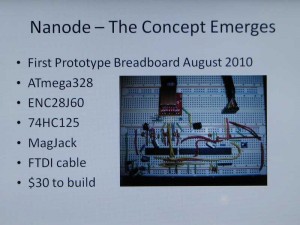
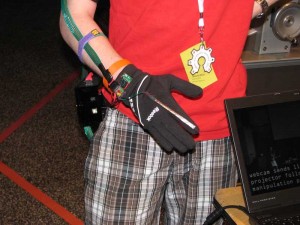
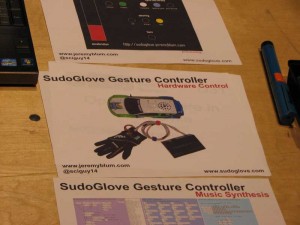
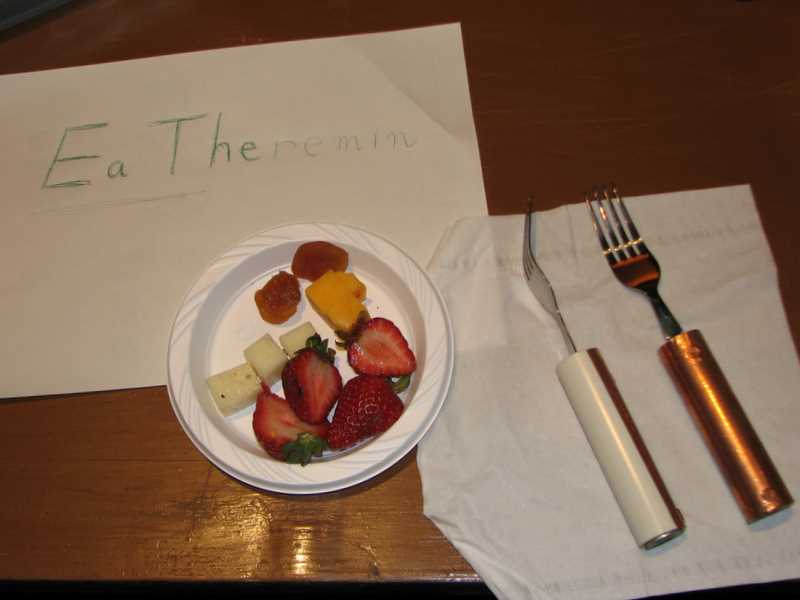
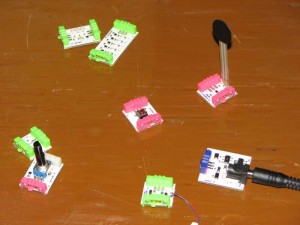
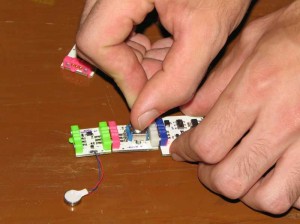
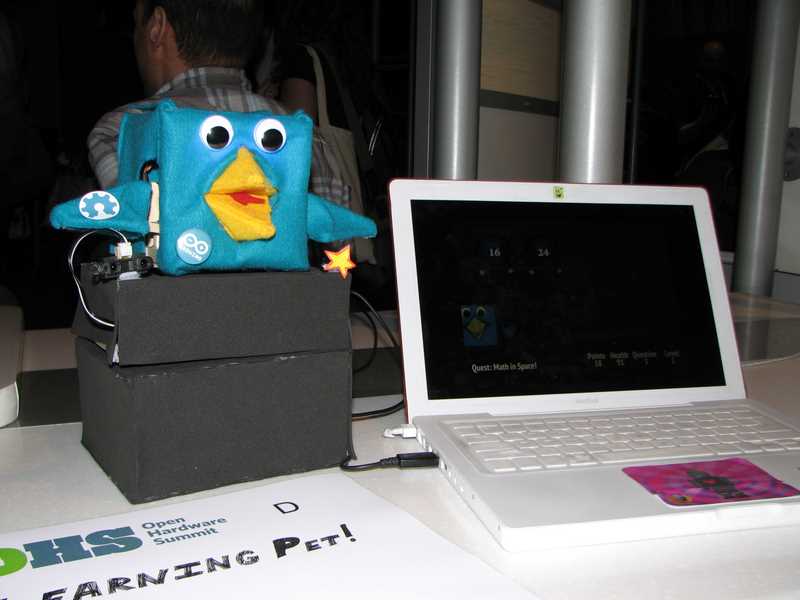
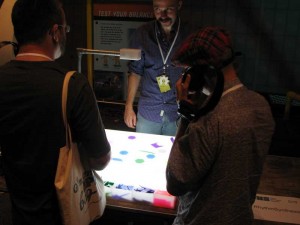
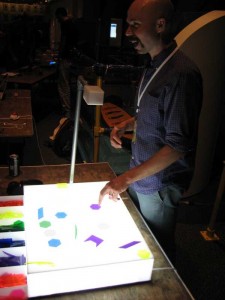

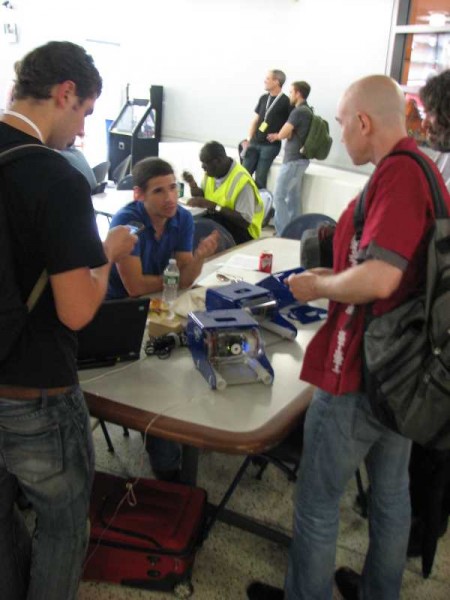
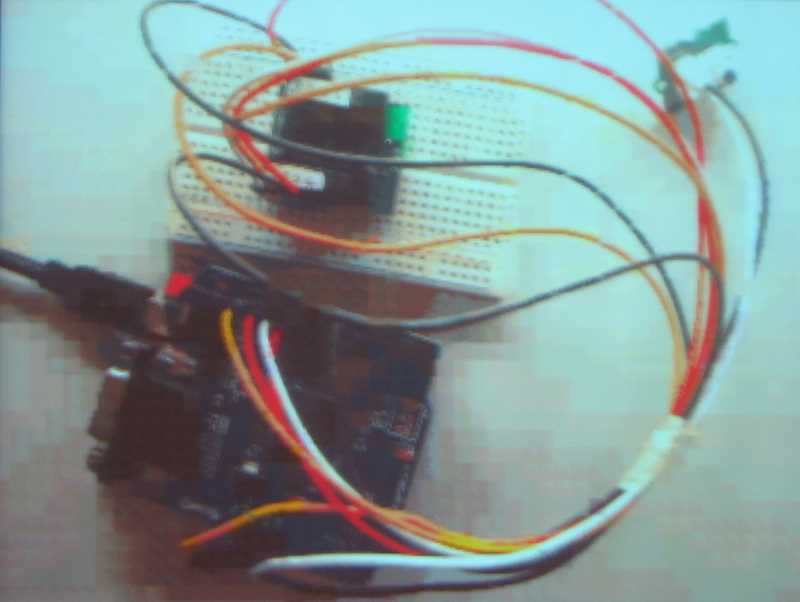


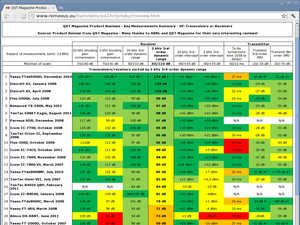 Hans Remeeus PA1HR has compiled
Hans Remeeus PA1HR has compiled 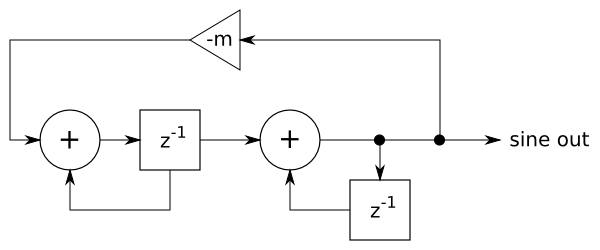
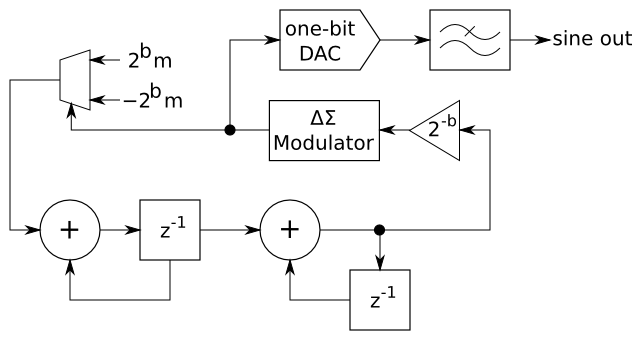

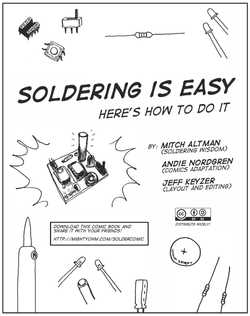 The
The